
The year 2019 brought the decade to a close in grand fashion — the $11.36 billion domestic total was a bit behind the record $11.9 billion of 2018, but is still the third-biggest annual total in history.
Here's how things shook out at the domestic box office for last year (as of 1/5/2020):
| 1. AVENGERS: ENDGAME | $858 M |
| 2. THE LION KING | $543 M |
| 3. STAR WARS: THE RISE OF SKYWALKER | $450 M |
| 4. FROZEN II | $449 M |
| 5. TOY STORY 4 | $434 M |
| 6. CAPTAIN MARVEL | $426 M |
| 7. SPIDER-MAN: FAR FROM HOME | $390 M |
| 8. ALADDIN | $355 M |
| 9. JOKER | $333 M |
| 10. JUMANJI: THE NEXT LEVEL | $235 M |
The international box office continued to grow, with the number of billion-plus earners increasing from five in 2018 to eight in 2019, adding to a global total of more than $41 billion. The worldwide totals for 2019 (as of 1/5/2020):
| 1. AVENGERS: ENDGAME | $2.79 B |
| 2. THE LION KING | $1.65 B |
| 3. FROZEN II | $1.13 B |
| 4. SPIDER-MAN: FAR FROM HOME | $1.13 B |
| 5. CAPTAIN MARVEL | $1.12 B |
| 6. TOY STORY 4 | $1.07 B |
| 7. JOKER | $1.06 B |
| 8. ALADDIN | $1.05 B |
| 9. STAR WARS: THE RISE OF SKYWALKER | $918 M |
| 10. FAST & FURIOUS PRESENTS: HOBBS & SHAW | $758 M |
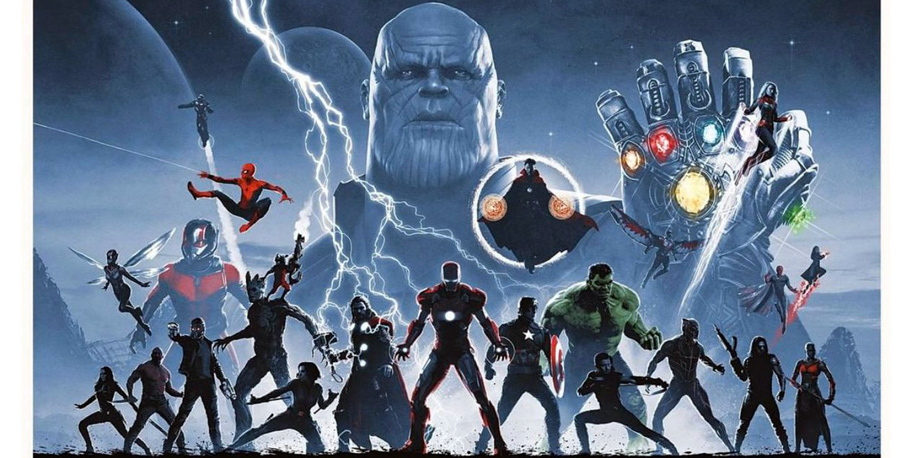
As for the decade, the 2010s were dominated by Disney, particularly with a galactic battle in a galaxy far, far away, and a costumed clash that pushed Marvel's collective worldwide total over $20 billion. The biggest domestic movies from the last ten years:
| 1. STAR WARS: THE FORCE AWAKENS | $936 M |
| 2. AVENGERS: ENDGAME | $858 M |
| 3. BLACK PANTHER | $700 M |
| 4. AVENGERS: INFINITY WAR | $678 M |
| 5. JURASSIC WORLD | $652 M |
| 6. THE AVENGERS | $623 M |
| 7. STAR WARS: THE LAST JEDI | $620 M |
| 8. INCREDIBLES 2 | $608 M |
| 9. THE LION KING | $543 M |
| 10. ROGUE ONE: A STAR WARS STORY | $532 M |
Here are the Top 10 biggest international totals from 2010 through 2019:
| 1. AVENGERS: ENDGAME | $2.79 B |
| 2. STAR WARS: THE FORCE AWAKENS | $2.06 B |
| 3. AVENGERS: INFINITY WAR | $2.04 B |
| 4. JURASSIC WORLD | $1.67 B |
| 5. THE LION KING | $1.65 B |
| 6. THE AVENGERS | $1.51 B |
| 7. FURIOUS 7 | $1.51 B |
| 8. AVENGERS: AGE OF ULTRON | $1.40 B |
| 9. BLACK PANTHER | $1.34 B |
| 10. HARRY POTTER AND THE DEATHLY HALLOWS: PART 2 | $1.34 B |

As we head into a whole new year and decade, let's take a look back at a few of the major trends, milestones and misses of the past ten years!

Mad Marvel Money – In the past decade, nothing had an impact on the box office landscape – or Hollywood’s business model – quite like the Marvel Cinematic Universe. It was once unfathomable that a connected episodic series of big-budget comic book movies could exist, but maestro producer Kevin Feige (and Disney’s $4 billion acquisition of Marvel Entertainment in 2012) made it a reality — even without heavy-hitters like Spider-Man and the X-Men in the roster. It was the kind of spectacular success that everyone else tried to imitate and nobody could replicate. What began as a post-credit tease in 2008’s surprise hit IRON MAN then spanned 23 movies introducing audiences to an array of additional superheroes, from the familiar (Thor, Hulk, Captain America) to the diverse (Black Panther, Ant-Man, Rocket Raccoon) and culminating with a small costumed army (including CAPTAIN MARVEL, who debuted with $1.12 billion in March of 2019) that gathered to battle galactic tyrant Thanos in last April’s AVENGERS: ENDGAME, the highest-grossing movie of all time.
Now that Disney has absorbed Fox and found a way to harmonize with Sony, all the major Marvel comic characters are playing in the same cinematic sandbox, and its movie universe (and box office) will only continue to expand. (Sony did manage to rack up $1.46 billion with a pair of AMAZING SPIDER-MAN movies in 2012 and 2014 before letting the wall-crawler swing into the proper Marvel Cinematic Universe, which netted $2 billion worldwide between SPIDER-MAN: HOMECOMING and last summer’s SPIDER-MAN: FAR FROM HOME. And although his webbed nemesis was nowhere to be found, Tom Hardy’s union with an alien symbiote had VENOM sticking around long enough to make $853 million in 2018.)

The Force To Be Reckoned With – After George Lucas wrapped up his prequel trilogy, things were relatively quiet in a galaxy far, far away… until 2012, when Disney captured the STAR WARS property in its tractor beam. In 2015, the first movie in their new sequel trilogy zoomed out of hyperspace and into the record books when THE FORCE AWAKENS ultimately finished with $936 million domestic (still the all-time reigning champ) and over $2 billion worldwide. The first “anthology” movie ROGUE ONE was a solid performer with $532 million domestic and $1.05 billion worldwide in 2016… but there has since been a tremor in the Force.
While 2017’s THE LAST JEDI was a financial success, the middle chapter significantly flagged behind the box office for THE FORCE AWAKENS and also divided audiences. And with a worldwide total of $393 million on a $275 million cost, the second anthology release SOLO was an outright defeat in 2018 for any number of possible reasons (prequel fatigue, behind-the-scenes tumult, dissent after THE LAST JEDI, a summer release, rejection of anyone but Harrison Ford in the snappy vest, or just overall STAR WARS saturation).
THE RISE OF SKYWALKER, the finale to the whole Skywalker saga, is still orbiting theaters but has disappointed many viewers and isn’t likely to catch up with the totals for the previous chapter (or possibly even ROGUE ONE). Meanwhile, as Disney figures out how to proceed with the next movie(s), fans of the original trilogy have instead directed their enthusiasm toward Disney+ series “The Mandalorian” and the undeniable charm of Baby Yoda.

The Mouse That Roared – Even beyond their ludicrously profitable ownership of STAR WARS and Marvel, Disney has been swimming in Scrooge McDuck-sized pools of coin with their own releases — with a major assist from Pixar movies like INCREDIBLES 2 ($1.24 billion), FINDING DORY ($1.02 billion) and INSIDE OUT ($857 million). While they still produce the occasional original smash like ZOOTOPIA ($1.02 billion), FROZEN ($1.28 billion) and its even-more-successful sequel, Disney discovered a gold mine by cannibalizing their own back-catalog of animated classics and regurgitating them in live-action (or lifelike action, at least). With mega-hits like THE LION KING ($1.65 billion), BEAUTY AND THE BEAST ($1.26 billion) and ALADDIN ($1.05 billion), we can expect every possible title from their past inventory to get the Frankenstein treatment on the studio’s continued path to global domination.

A Taste for Action – After wandering the wastelands of production hell, director George Miller finally got Max Rockatansky (now embodied by Tom Hardy) back behind the wheel in 2015 with MAD MAX: FURY ROAD, a financial and critical success that also happened to be one of the greatest action movies ever made. It also took more than two decades for a sequel to the Robin Williams adventure-comedy JUMANJI, but Dwayne Johnson and friends proved the game was still worth playing with $964 million worldwide for JUMANJI: WELCOME TO THE JUNGLE in 2017 and sequel JUMANJI: THE NEXT LEVEL, still in theaters with a current $610 million total.
Tom Cruise’s continued insistence on putting himself in danger helped propel the MISSION: IMPOSSIBLE franchise to previously unseen heights with the subtitled GHOST PROTOCOL (2011), ROGUE NATION (2015) and FALLOUT (2018) earning a combined $2.16 billion worldwide, while the most famous espionage agent in history had a career high as the James Bond movie SKYFALL shot to $1.1 billion worldwide in 2012, followed by $879 million for SPECTRE in 2015.
And THE FAST & THE FURIOUS series took the crown for big-budget vehicular spectacle starting with FAST FIVE in 2011 ($630 million worldwide) before $786 million for 2013’s FAST AND FURIOUS 6 and a franchise-high of $1.5 billion for FURIOUS 7 in 2015, followed by the $1.2 billion total for THE FATE OF THE FURIOUS in 2017. Even Jason Statham and The Rock splitting off from the main group in last year’s FAST & FURIOUS PRESENTS: HOBBS & SHAW generated $760 billion, helping mobilize the saga of cars and family to a collective $4.87 billion just from the last decade. (Statham also spent some time wrangling a colossal prehistoric shark in 2018’s THE MEG for a $530 million total.)

Sailing Overseas – Hollywood forever changed in 2009 when James Cameron’s AVATAR collected a record $2 billion from international territories (72% of its towering $2.78 billion total). With so many exorbitantly expensive productions, studios have since had an increasing urge to satisfy audiences outside of North America (even though they typically receive a much lower percentage of international grosses versus domestic). While STAR WARS and STAR TREK movies tend to be split down the middle between domestic and foreign, big-budget superhero movies on average generate between 65% and 70% of their totals from overseas, while the FAST & FURIOUS series has collected as much as 81% of its cash from international crowds.
Not that foreign movies can’t do just fine on their own – look at recent releases like WOLF WARRIOR 2 ($870 million), NE ZHA ($700 million), THE WANDERING EARTH ($699 million), OPERATION RED SEA ($579 million) and Bollywood sports drama DANGAL ($311 million), all of which barely reached theaters in the US.

Meanwhile, for years Hollywood tried to make Ryan Reynolds a star only to deliver disappointment (GREEN LANTERN, RIPD, SELF/LESS), but he finally found foul-mouthed success with pet project DEADPOOL and its sequel, the biggest movies in the X-MEN franchise with a combined $1.56 billion. The equally violent and profane LOGAN was a bright spot with $615 million in 2017, but the entire mutant saga finally fizzled last year with DARK PHOENIX, the lowest-grossing release in the X-series with $246 million worldwide.

Less than Meets the Eye – The endless clash between Autobots and Decepticons started the decade in prime condition – the third movie TRANSFORMERS: DARK OF THE MOON rolled out with a franchise-high $1.12 billion worldwide in 2011, followed by $1.1 billion for the Mark Wahlberg-fronted TRANSFORMERS: AGE OF EXTINCTION in 2014. But by the time the fifth entry TRANSFORMERS: THE LAST KNIGHT arrived in 2017, audiences had grown weary of director Michael Bay’s metal-on-metal mayhem, clunking with just over half the global box office of the previous chapter. And the 1980s-set spinoff/prequel/reboot BUMBLEBEE, once intended as the start of a fresh TRANSFORMERS “cinematic universe” (naturally), folded up with $465 million worldwide – a low point for the series.

Harsh History Lessons – Period epics with monumental budgets have historically been risky propositions, from THE FALL OF THE ROMAN EMPIRE to HEAVEN’S GATE to CUTTHROAT ISLAND. “Game of Thrones” star Kit Harrington got his first big movie role in Paul W.S. Anderson’s volcanic disaster POMPEII, which crumbled in 2014 with $117 million worldwide on a $100 million cost. Director Guy Ritchie thought his edgy twist on the Excalibur myth in 2017’s KING ARTHUR: LEGEND OF THE SWORD was going to be the start of a six-movie series for some reason, but a $139 million global finish on a $175 million cost said otherwise. Two different versions of medieval folklore hero ROBIN HOOD couldn’t hit the bullseye – the Ridley Scott/Russell Crowe version in 2010 missed the mark with $322 million worldwide on a cost that bloated to $200 million, and KINGSMAN star Taron Egerton’s 2018 take on the legendary archer didn’t get anywhere near the target with $85 million worldwide on a cost of $100 million.
Fact-based or otherwise, these other period movies also failed history (and finance): WANTED director Timur Bekmambetov’s overly serious ABRAHAM LINCOLN: VAMPIRE HUNTER, Renny Harlin’s THE LEGEND OF HERCULES, Paul W.S. Anderson’s daft 2011 version of THE THREE MUSKETEERS, and the Keanu Reeves medieval flop 47 RONIN, which was slain with $151 million on a $175 million budget in 2013 (of course, since then the ageless actor has been making a killing with the lucrative JOHN WICK series).

A Matter of Fact – Biopics and movies based on actual events typically tend to serve as bait for awards but also equally attract audiences. Oscar-winner THE KING’S SPEECH collected $414 million worldwide on $15 million budget back in 2010 (almost a decade before its director Tom Hooper thought a CATS movie was a cracking idea), Ben Affleck’s award-grabber ARGO snapped up $232 million on a $44 million cost in 2012, and a statue was handed to 12 YEARS A SLAVE as it made its way to $187 million on a $20 million budget in 2013.
Filmmaker Christopher Nolan’s $100 million WWII drama DUNKIRK gathered nearly $500 million worldwide in 2017. The story of Freddie Mercury and Queen was a crowd-pleaser for BOHEMIAN RHAPSODY, which rocked to $903 million on a $52 million cost in 2018, while other modestly budgeted music biopics ROCKETMAN and STRAIGHT OUTTA COMPTON also enjoyed success. Clint Eastwood had a couple of his biggest hits as a director with the fact-based AMERICAN SNIPER and SULLY, and AMERICAN HUSTLE, THE SOCIAL NETWORK, LINCOLN, THE IMITATION GAME, THE WOLF OF WALL STREET, HIDDEN FIGURES and THE GREATEST SHOWMAN all proved how dramatizing the lives of actual humans can be profitable while also impressing awards voters.

Failure to Relaunch – Hollywood loves brand familiarity… except when it doesn’t translate to box office success. Witness the new version of CHARLIE’S ANGELS ($59 million worldwide on a $48 million budget) and the reboot of GHOSTBUSTERS in 2016 ($229 million on a reported $144 million cost). Bringing back original cyborg Arnold Schwarzenegger didn’t amp up the otherwise unrelated TERMINATOR: GENISYS and TERMINATOR: DARK FATE, which have sent the series into stasis. With $48 million total on a $90 million budget, a new CONAN THE BARBARIAN in 2011 couldn’t launch Jason Momoa to stardom before he became King of the Seven Seas. And late sequels THE PREDATOR, DOCTOR SLEEP and ZOOLANDER 2 were indeed too late for audiences to show up.

Science Friction – Aside from the occasional hit like INTERSTELLAR, GRAVITY or THE MARTIAN (or, say, an ELYSIUM or ALITA: BATTLE ANGEL that skirts the edges of profitability), audiences seem to prefer established properties like STAR WARS and STAR TREK when it comes to big-budget sci-fi. Disney had big plans for Edgar Rice Burroughs’ “Barsoom” novels, but then JOHN CARTER (formerly OF MARS) was deserted on the Red Planet with $284 million in 2012 on a cost of $300 million. The Wachowskis had a pair of high-minded sci-fi misses with 2015’s loopy JUPITER ASCENDING ($183 million on a $176 million cost) and the ambitious CLOUD ATLAS in 2012 ($130 million on a rumored cost of $145 million). There are more than 20 books in the graphic novel series but only one VALERIAN AND THE CITY OF A THOUSAND PLANETS, because Luc Besson’s movie only made $225 million in 2017 on a cost of $200 million. The 2011 animated MARS NEEDS MOMS was grounded with just $39 million on a budget of $150 million. And the 2013 adaptation of Orson Scott Card’s long-running Ender novel series ended early when ENDER’S GAME ended up with $125 million against a $115 million cost.
Back on Earth, BATTLESHIP showed what happens when you turn a simple board game into an alien-invasion war movie: the second whiff for Taylor Kitsch in 2012 with $300 million worldwide on a $220 million cost. Additionally, nobody really wanted to play COWBOYS & ALIENS ($174 million on a $163 million cost) or visit Disney’s TOMORROWLAND ($209 million on a cost of $190 million). The 2012 remake of TOTAL RECALL couldn’t bother to get its ass to Mars and suffered at the box office ($198 million on a cost of $125 million), as did 2012’s DREDD when it locked its top cop in a single Mega City One building ($35 million on a $50 million budget). Scarlett Johansson had a surprise hit with a spacetime trip in 2014’s LUCY ($463 million on a $40 million budget), but not when she got cybernetic for GHOST IN THE SHELL ($169 million on a reported $110 million cost). And even the promise of two Will Smiths fighting each other wasn’t a box office guarantee for last year’s GEMINI MAN ($173 million worldwide on a $138 million budget).

Horror Happens – Between THE CONJURING, THE CONJURING 2, THE NUN and three ANNABELLE movies, James Wan’s spooky series has scared up $1.78 billion worldwide over the past few years (with production costs as low as $7 million and as high as $40 million). Jordan Peele showed that he could deliver lucrative chills with GET OUT ($255 million worldwide on a $4.5 million budget) and last year’s doppelganger terror US ($255 million on a cost of $20 million). The $17 million thriller A QUIET PLACE made plenty of noise with $340 million in 2018, the same year that the resuscitation of Michael Myers in HALLOWEEN slashed to $255 million on a $10 million budget. And with $700 million worldwide in 2017, the first half of Stephen King’s IT became the biggest horror movie of all time (the conclusion in last year’s IT: CHAPTER TWO was a letdown but still floated to $470 million).

Depp Depths – Once a reliable A-list draw, actor Johnny Depp seems to have lost his box office luster in the past decade. After entries in the PIRATES OF THE CARIBBEAN series previously sailed past $1 billion worldwide, the fifth movie DEAD MEN TELL NO TALES (aka SALAZAR’S REVENGE) dropped several notches to $788 million in 2017. Before that, Depp’s big-screen version of THE LONE RANGER got derailed with $260 million worldwide — nearly the production cost of the notorious flop. The $100 million sci-fi tech thriller TRANSCENDENCE got unplugged with only $23 million domestic, and Depp’s vanity-project comedy MORTDECAI was DOA with just $7 million. He’s fared better with recent ensemble movies like MURDER ON THE ORIENT EXPRESS and FANTASTIC BEASTS: THE CRIMES OF GRINDELWALD, and his turn as Boston criminal “Whitey” Bulger in BLACK MASS seemed like a boost; then again, his 2018 fact-based crime- drama CITY OF LIES couldn’t even merit a theatrical release.

Fantasy and Fairy Tale Fails — Moviegoers truly didn’t want to see Hugh Jackman chewing scenery and menacing a boy named Peter, leaving PAN with $128 million on a $150 million budget in 2015. Bryan Singer’s JACK THE GIANT SLAYER fell on his head in 2013 with $197 million, almost what it cost for Nicholas Hoult to climb the vine. Stephen Spielberg’s adaptation of Roald Dahl’s friendly giant THE BFG was not a BFD with $183 million on a cost of $140 million. In addition, Vin Diesel’s THE LAST WITCH HUNTER, the chilly sequel THE HUNTSMAN: WINTER’S WAR, stoner comedy YOUR HIGHNESS and the ludicrous GODS OF EGYPT all couldn’t make box office magic.
Disney wasn’t immune to failure, either – in 2016, ALICE THROUGH THE LOOKING GLASS followed the $1 billion-grossing ALICE IN WONDERLAND by barely collecting a quarter of its sum. The live-action Christmas fantasy THE NUTCRACKER AND THE FOUR REALMS got a lump of coal, wizard Nicolas Cage didn’t cast a spell with THE SORCERER’S APPRENTICE, and even the recent Angelina Jolie sequel MALEFICENT: MISTRESS OF EVIL currently has $490 million worldwide compared to $758 million for the 2014 original.

Dino Might – More than 20 years after Steven Spielberg first brought dinosaurs to convincing life, audiences clearly demonstrated their desire to revisit the scaly terrors of Isla Nublar by making JURASSIC WORLD a Tyrannosaurus-sized smash in 2015 with $652 million domestic and $1.64 billion worldwide. Supported by sudden A-lister Chris Pratt, the relaunch of the franchise stomped on box office records and remains the highest-grossing release that didn’t come from Disney or James Cameron, and was followed by more gargantuan success with JURASSIC WORLD: FALLEN KINGDOM in 2018.

You Want Franchise With That? Filmmaker Peter Jackson’s return to Tolkien’s Middle Earth with the expensive and needlessly protracted adaptation of THE HOBBIT certainly didn’t receive the same respect as his LORD OF THE RINGS trilogy, but Bilbo’s unexpected journey still managed to match its success with almost $3 billion worldwide. As the TWILIGHT and HARRY POTTER series wrapped up their highly profitable movie adaptations and the four Jennifer Lawrence-led HUNGER GAMES movies gathered nearly $3 billion, many other attempts at successful franchise fabrication didn’t quite materialize.
The fantasy THE MORTAL INSTRUMENTS: CITY OF BONES tried to cash in on that young-adult trend, but stumbled to $95 million on a $60 million production cost (and ended up as a TV series instead). It should not be confused with the Peter Jackson-produced MORTAL ENGINES, another attempt to adapt a young-adult book series that instead collapsed in a post-apocalyptic heap with $83 million worldwide on a $100 million budget. Meanwhile, the popular DIVERGENT novels were planned for a four-movie franchise, but by the third movie its business dwindled to the point where the conclusion was simply abandoned. M. Night Shyamalan adapted popular animation into AVATAR: THE LAST AIRBENDER, which lived up to its title with $319 million worldwide on a $150 budget, and no more benders of any sort have been seen on the big screen since 2010. And 2016’s bizarre (but original) action-comedy MONSTER TRUCKS thought it was going to start its own franchise until it stalled with $64 million worldwide on a cost of $125 million.
But perhaps most notable was Universal’s planned “Dark Universe”, an integrated movie series featuring their classic monsters and actors Tom Cruise, Russell Crowe, Javier Bardem, Sofia Boutella and Johnny Depp. Alas, it imploded after the disappointing performance of THE MUMMY in 2017 ($80 million domestic and $409 million worldwide on a cost rumored to be nearly $200 million), putting Bill Condon’s BRIDE OF FRANKENSTEIN and the rest of the creatures into coffins.


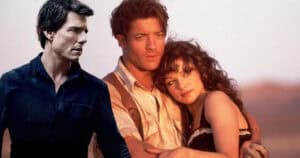
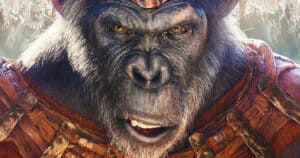

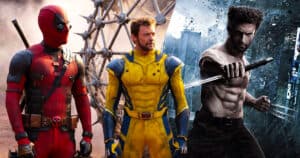
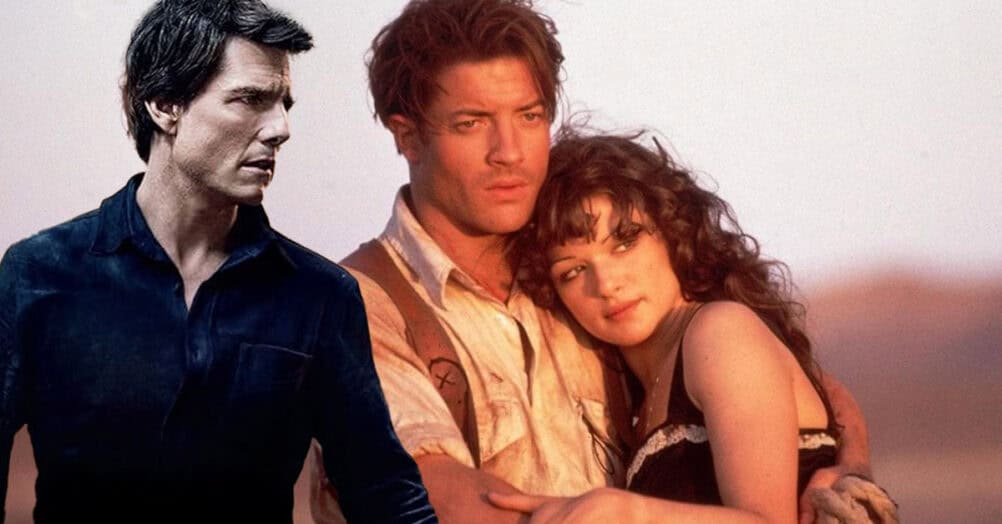
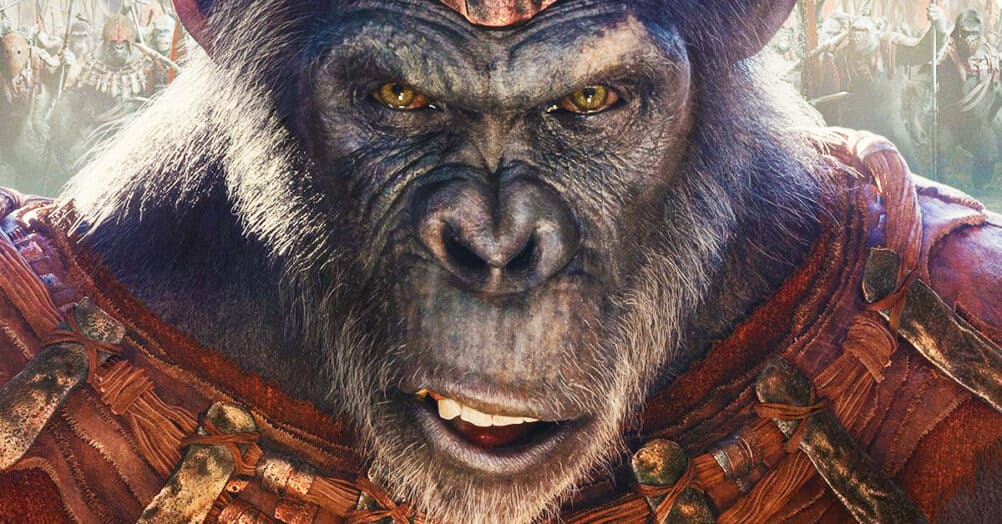
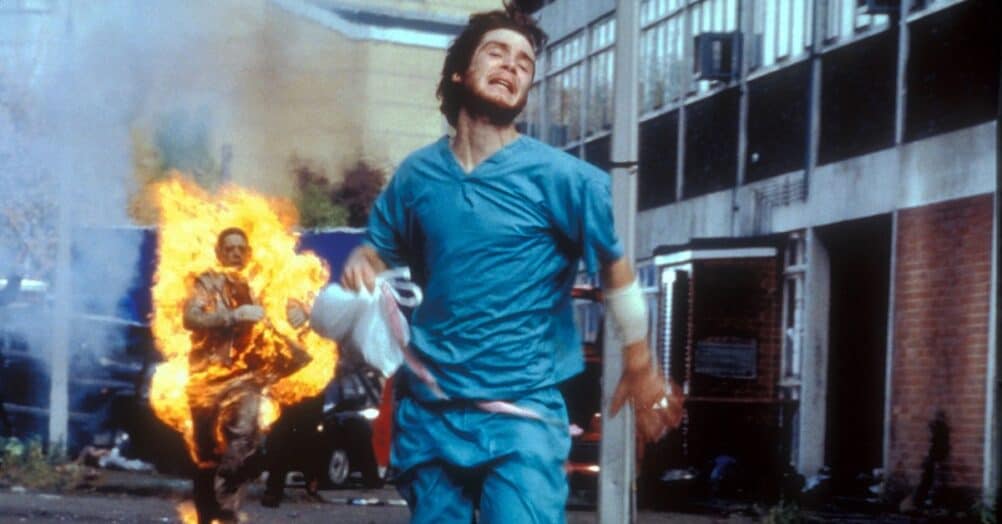
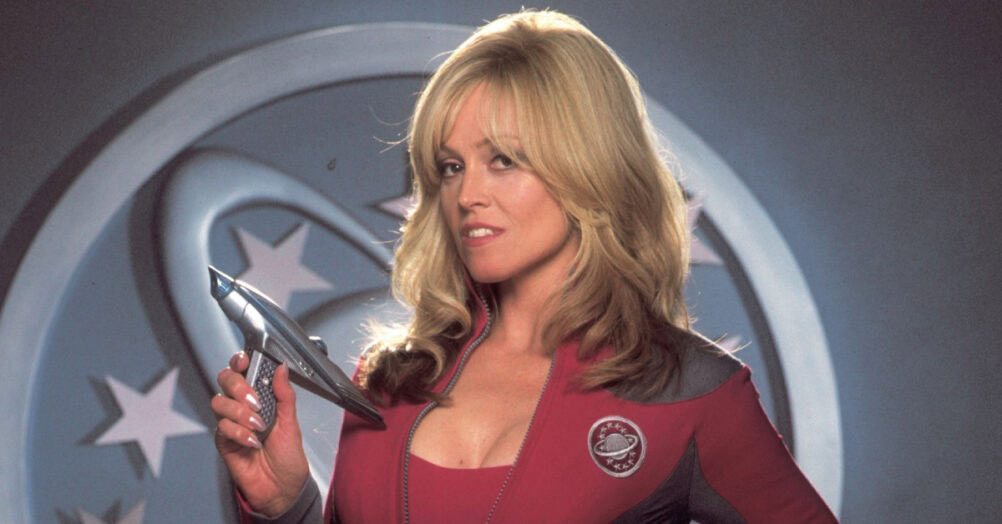


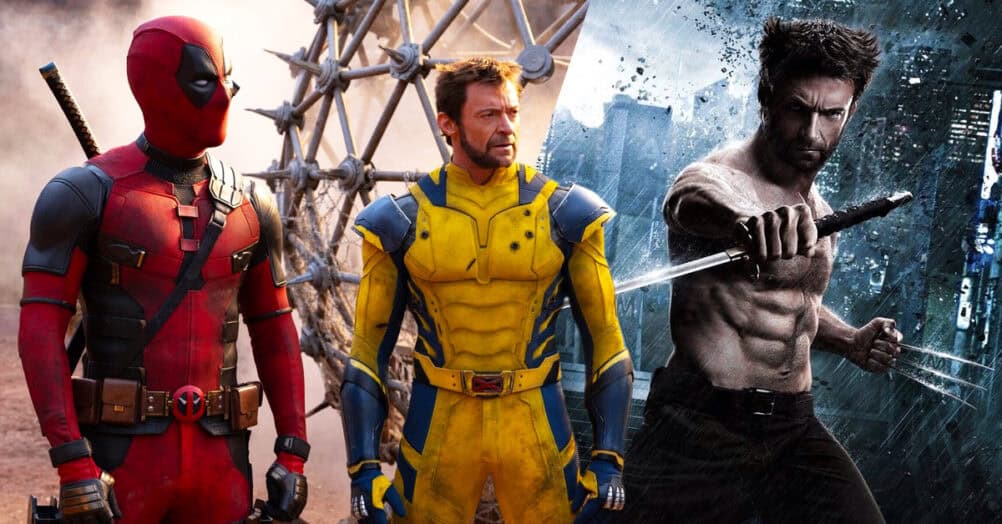
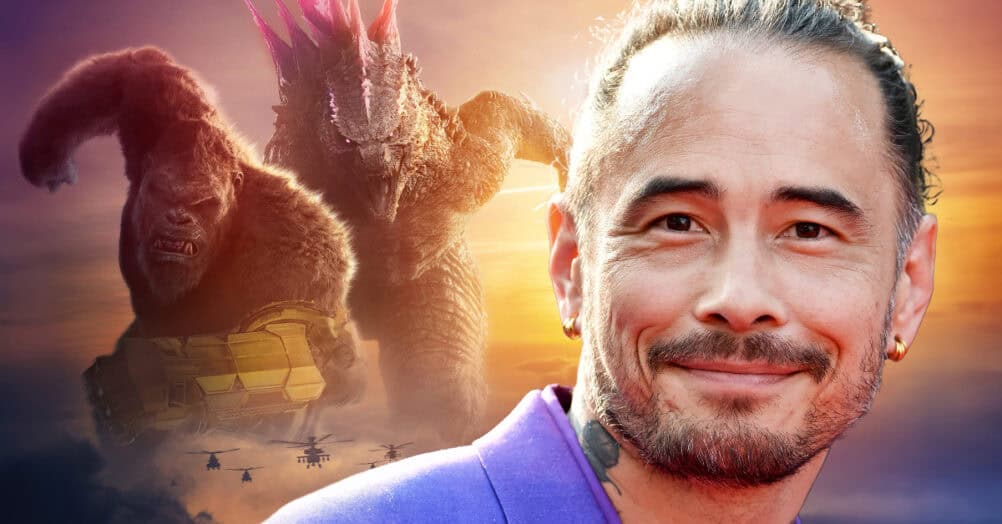
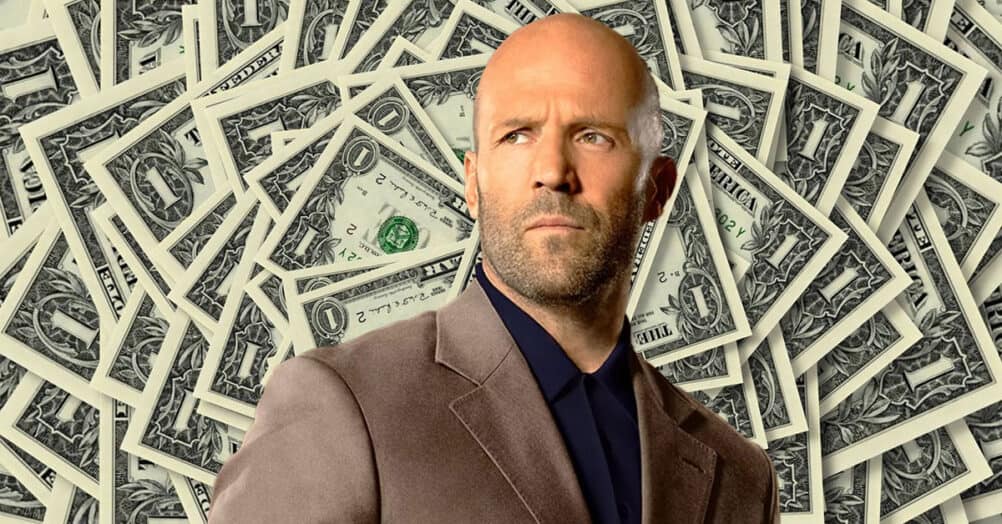
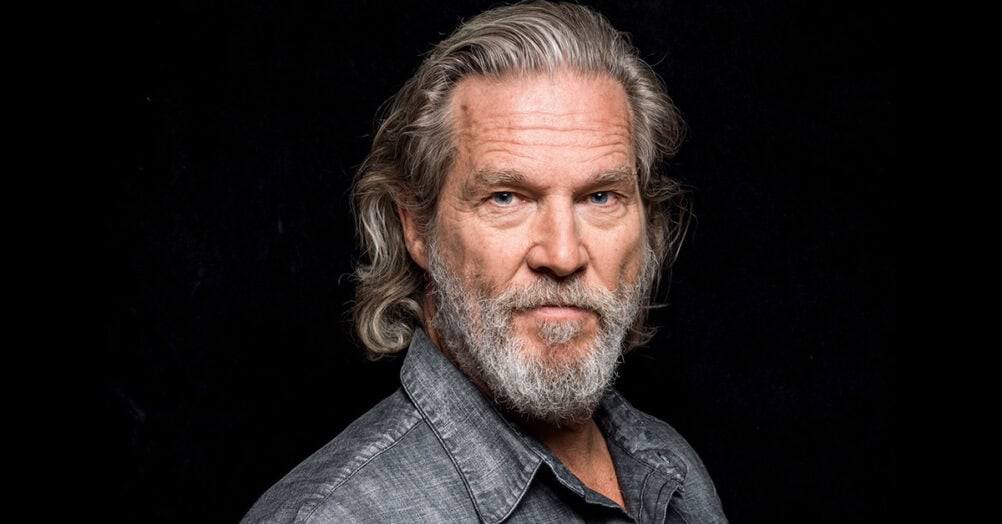
Follow the JOBLO MOVIE NETWORK
Follow us on YOUTUBE
Follow ARROW IN THE HEAD
Follow AITH on YOUTUBE